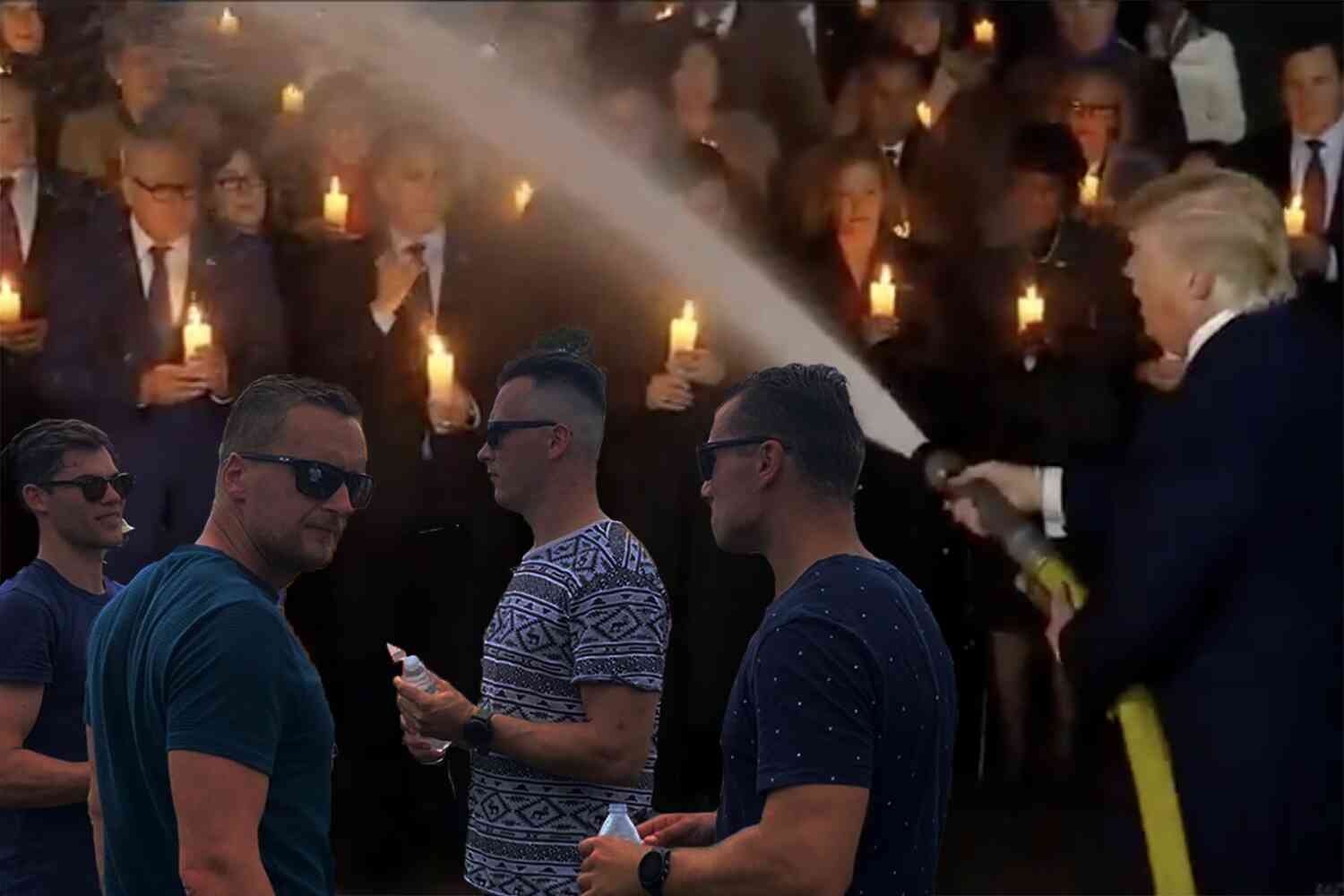Most of us instinctively understand that stars are massive, huge, unthinkably large astronomical objects, and we leave it at that. No need to complicate things.
But to astrophysicists, the specifics are absolutely crucial. And based on one new study, it looks like there's a lot that scientists didn't know about how stars are made:
For as long as humans have studied the heavens, how stars look in distant galaxies has been a mystery. In a study published today in The Astrophysical Journal, a team of researchers at the University of Copenhagen's Niels Bohr Institute is doing away with previous understandings of stars beyond our own galaxy.
Since 1955, it has been assumed that the composition of stars in the universe's other galaxies is similar to that of the hundreds of billions of stars within our own – a mixture of massive, medium mass and low mass stars. But with the help of observations from 140,000 galaxies across the universe and a wide range of advanced models, the team has tested whether the same distribution of stars apparent in the Milky Way applies elsewhere. The answer is no. Stars in distant galaxies are typically more massive than those in our "local neighborhood". The finding has a major impact on what we think we know about the universe.
That's the truth. You can't change a variable that large, on that grand a scale, without having serious astrophysical implications across the board.

Here's one major indication of the findings:
According to the researchers, the new discovery will have a wide range of implications. For example, it remains unresolved why galaxies die and stop forming new stars. The new result suggests that this might be explained by a simple trend.
"Now that we are better able to decode the mass of stars, we can see a new pattern; the least massive galaxies continue to form stars, while the more massive galaxies stop birthing new stars,. This suggests a remarkably universal trend in the death of galaxies," concludes Albert Sneppen.
The universe is a big place, and it keeps on getting smaller by the day.

P.S. Now check out our latest video 👇









